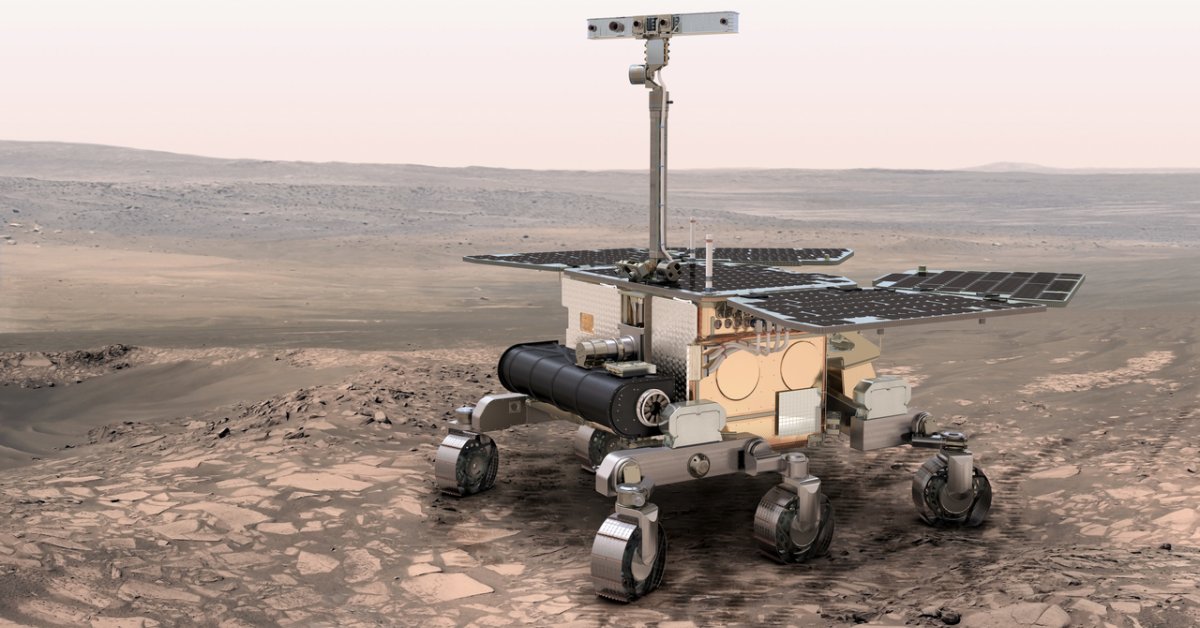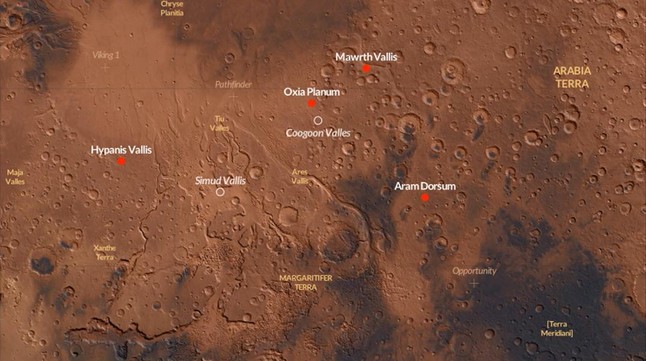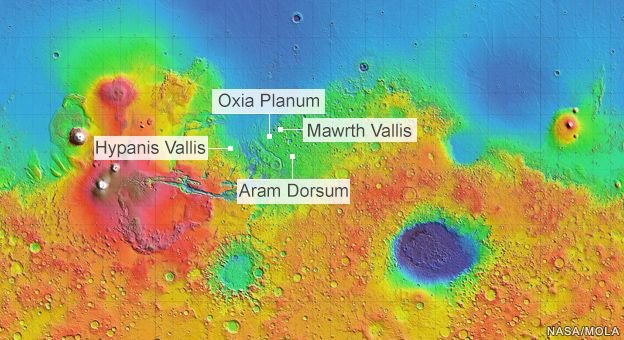The Rover ExoMars Close To Know What It Will Land
Indira Datta - Nov 13, 2018

Scientists are considering between two locations for the Rover ExoMars landing.
- Believe It Or Not, Dirt From Mars Can Be Bought With Only $20 A Kilogram
- Russia Will Build A Lunar Space Station With China Because It's Done With NASA
- NASA Reveals 20 Most Stunning Earth Images Taken From The ISS
Scientists have identified where Rover ExoMars will touch down when it hits the surface of Mars by 2020.
The Oxia Planum is a flat plain with lots of iron-magnesium is the place where scientists choose for landing at the fifth and final Landing Site Selection Working Group (LSSWG) meeting held in Leicester, United Kingdom.
Due to its scarce signs of life, altitude, and geological composition, Oxia Planum has long been made a priority choice. By 2014, the panel of experts had its first meeting and concluded that the site was less problematic and dangerous than other locations on the surface. Its surface that is rich in clays indicated that water used to flow through it, hence there was life there once. This makes Oxina Planum the best position to ensure rover landing safety and the research goals.

Photos of the surface of Mars
Yet, Mawrth Vallis is under consideration, too. Though, Oxia Planum seems to get approved since it is safer with hardly any slopes or topographical challenges. NASA's Curiosity mission and NASA Mars 2020 missions are also looking at Mawrth Vallis, which also has many clay minerals as same as Oxia Planum.
The final location chosen for the rover landing will be decided approximately one year from the start of the launch.
When the ExoMars Rover touches and rolls down the ship by its axis, the Rover ExoMars has tools that allow it to build and analyze Mars land. It may have to drill up to nearly 2 meters to the ground, so it uses a spectrometer and analytical searcher targeting biomarkers to allow researchers to understand the origin and evolution and life on Mars if they find any clue.

The ExoMars program is a collaboration between the ESA and the Russian space agency Roscosmos that was built to learn more about Mars. Through that, we look for more signs of life on this planet. In March 2016, Trace Gas Orbiter was sent into Mars' orbit and placed a test module (Schiaparelli) on the ground of the red planet. It was expected to land on the surface of Mars in October 2016, but the software on the module has failed to make it malfunction and failed to complete the target.
Featured Stories

Features - Jul 01, 2025
What Are The Fastest Passenger Vehicles Ever Created?

Features - Jun 25, 2025
Japan Hydrogen Breakthrough: Scientists Crack the Clean Energy Code with...

ICT News - Jun 25, 2025
AI Intimidation Tactics: CEOs Turn Flawed Technology Into Employee Fear Machine

Review - Jun 25, 2025
Windows 11 Problems: Is Microsoft's "Best" OS Actually Getting Worse?

Features - Jun 22, 2025
Telegram Founder Pavel Durov Plans to Split $14 Billion Fortune Among 106 Children

ICT News - Jun 22, 2025
Neuralink Telepathy Chip Enables Quadriplegic Rob Greiner to Control Games with...

Features - Jun 21, 2025
This Over $100 Bottle Has Nothing But Fresh Air Inside

Features - Jun 18, 2025
Best Mobile VPN Apps for Gaming 2025: Complete Guide

Features - Jun 18, 2025
A Math Formula Tells Us How Long Everything Will Live

Features - Jun 16, 2025
Comments
Sort by Newest | Popular